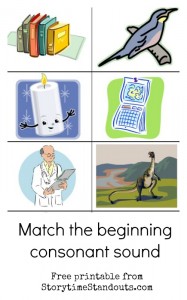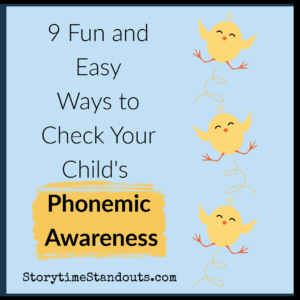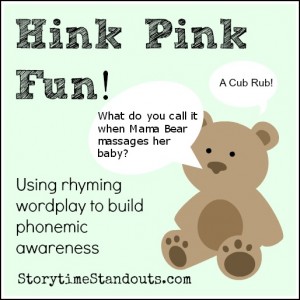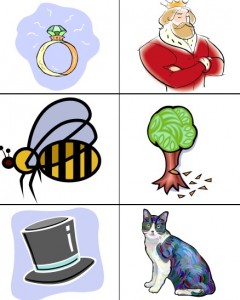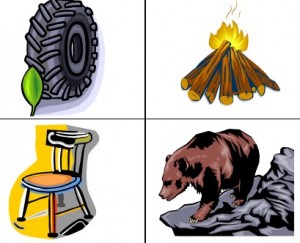Some of the keys to learning to read are noticing sounds in words (developing phonemic awareness), recognizing letters of the alphabet and understanding words.

Next time you’re in the car with your preschool or kindergarten child, spend a few minutes talking about sounds and words. Informal chats like these, can have a huge impact on her phonemic awareness and readiness for formal reading instruction…
Listening For Sounds at the Beginning of Words
Help your child to notice the sounds at the beginning of words by saying…
‘Here are some words that begin with the /b/ sound’ (Note: you should use the letter sound rather than the letter name) ‘boy, ball, bicycle, bat.’ I am going to say three words to you, can you tell me which one does not begin with /b/?’
(1) baby, ladybug, bumblebee
(2) shovel, bucket, blanket
(3) basket, apple, bird
Listening For Rhyming
Help your child to notice the sounds at the end of words by saying…
‘Here are some words that rhyme: bat & cat, ring & spring. Rhyming words are words whose endings sound the same. I am going to say two words to you, see if you can tell me if they rhyme.’
(1) king & ring
(2) up & down
(3) black & stack
Make a Substitution
Help your child to play with the sound words make (prior to reading or printing)…
(1) Change the sound at the beginning of dog to /h/
(2) Change the sound at the end of cat to /p/
(3) Change the sound in the middle of hat to /i/
Blend these sounds together
Help your child to play with the sounds letters make (prior to reading or printing)
(1) I am going to say three sounds. I want you to mush them together to make a word /d/ /o/ /g/
(2) /b/ /a/ /t/
(3) /h/ /u/ /g/
For more ways to help your child develop phonemic awareness, follow this link to visit our Phonemic Awareness page.
Discovering Meaning
‘These words are opposites; in & out, wet & dry, awake & asleep. Listen to my words. Are they opposites?’
(1) black & white
(2) yes & no
(3) sad & crying
For more ways to help your child with reading comprehension, follow this link.


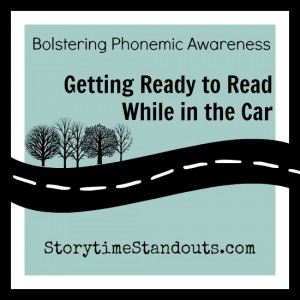
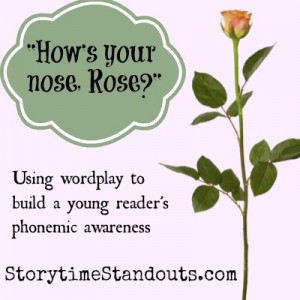
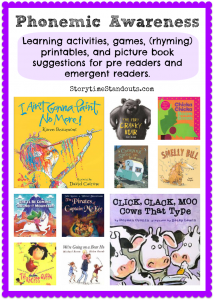
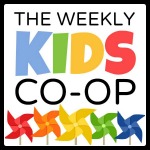
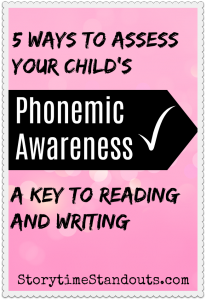 #1 – Can your child break a word apart by syllable? If you say “carpet” can your child hear and say “car – pet”?
#1 – Can your child break a word apart by syllable? If you say “carpet” can your child hear and say “car – pet”?